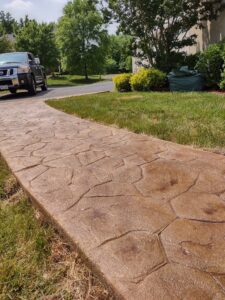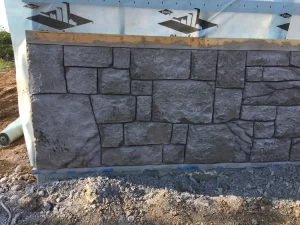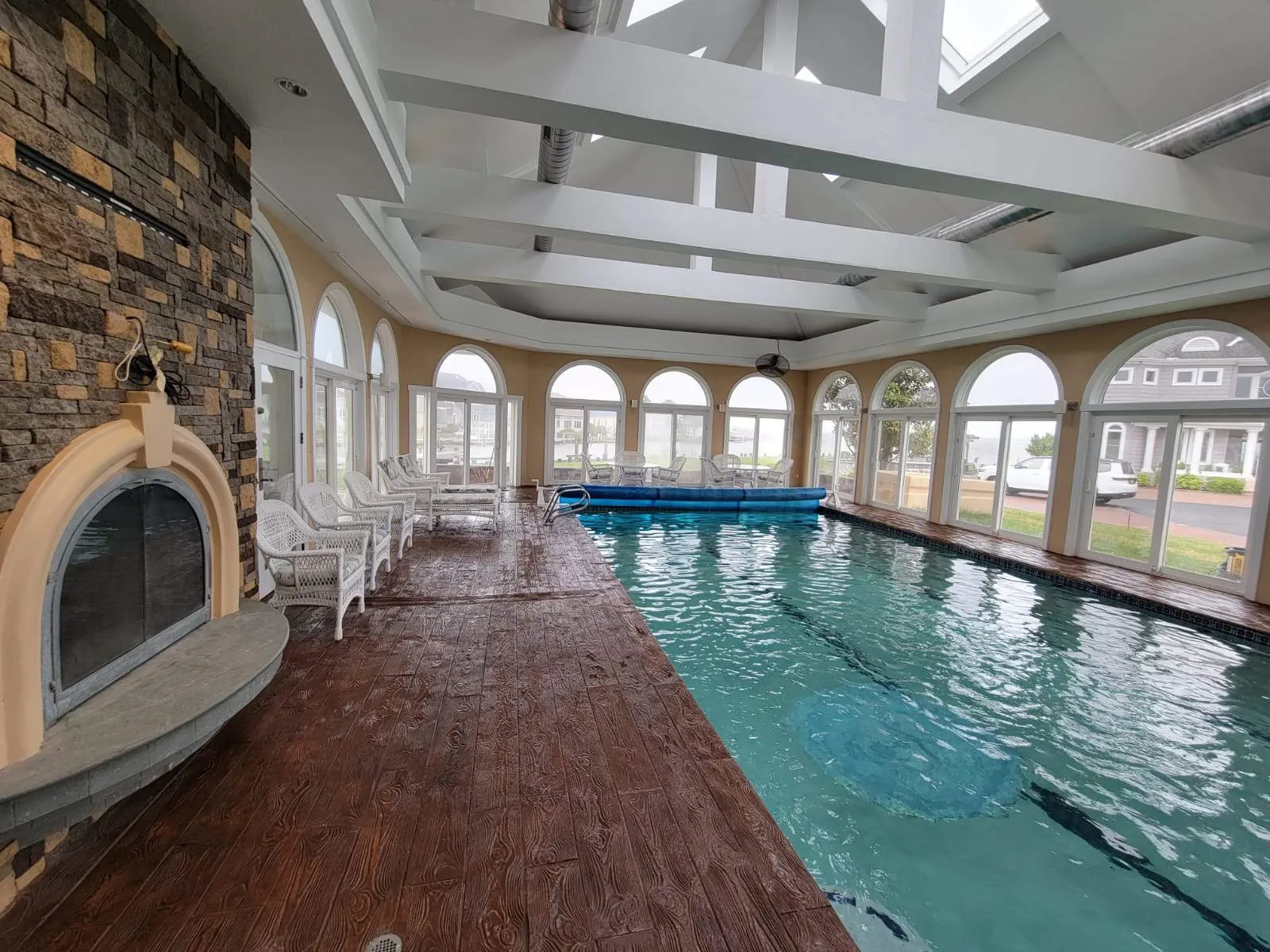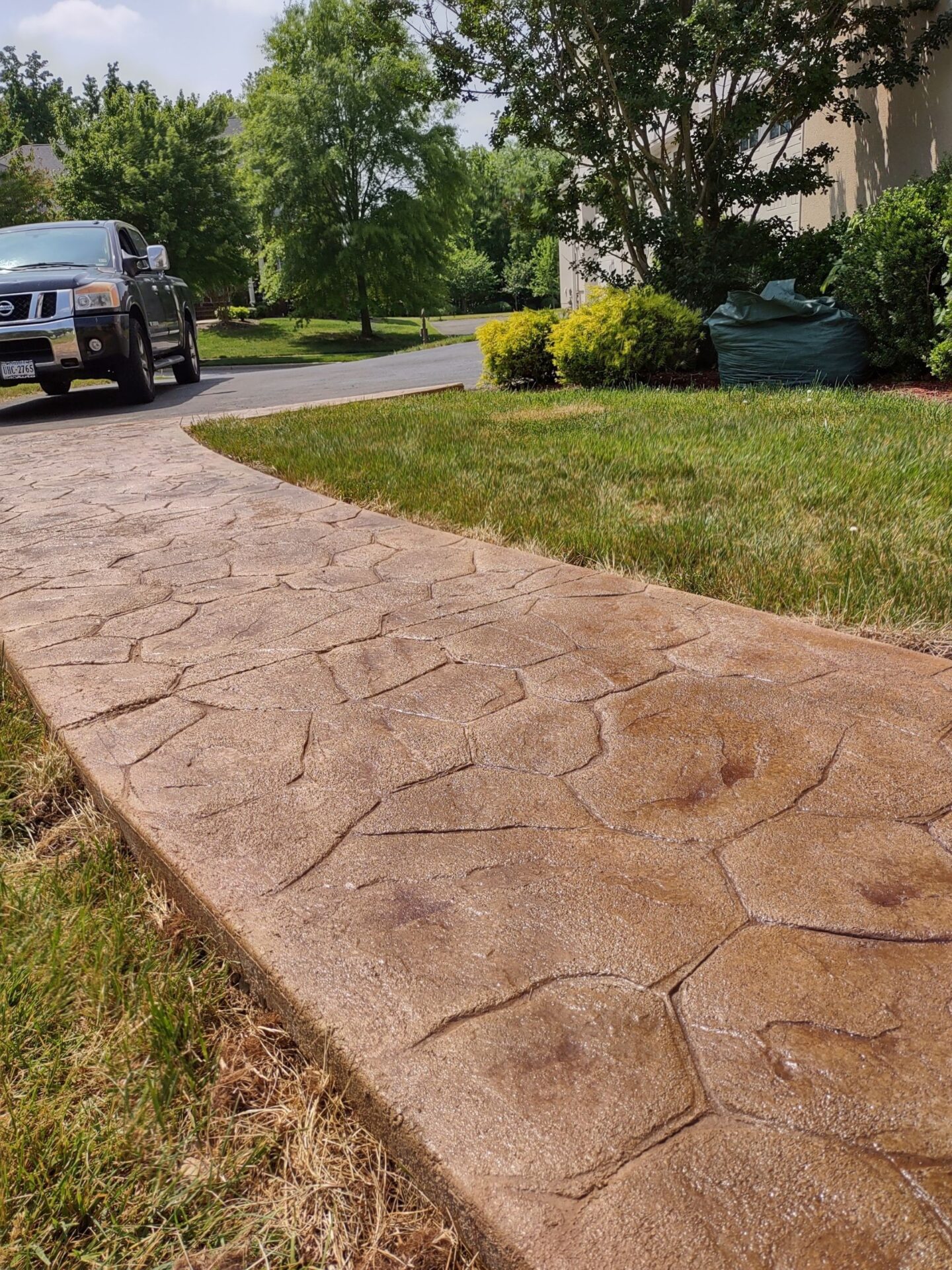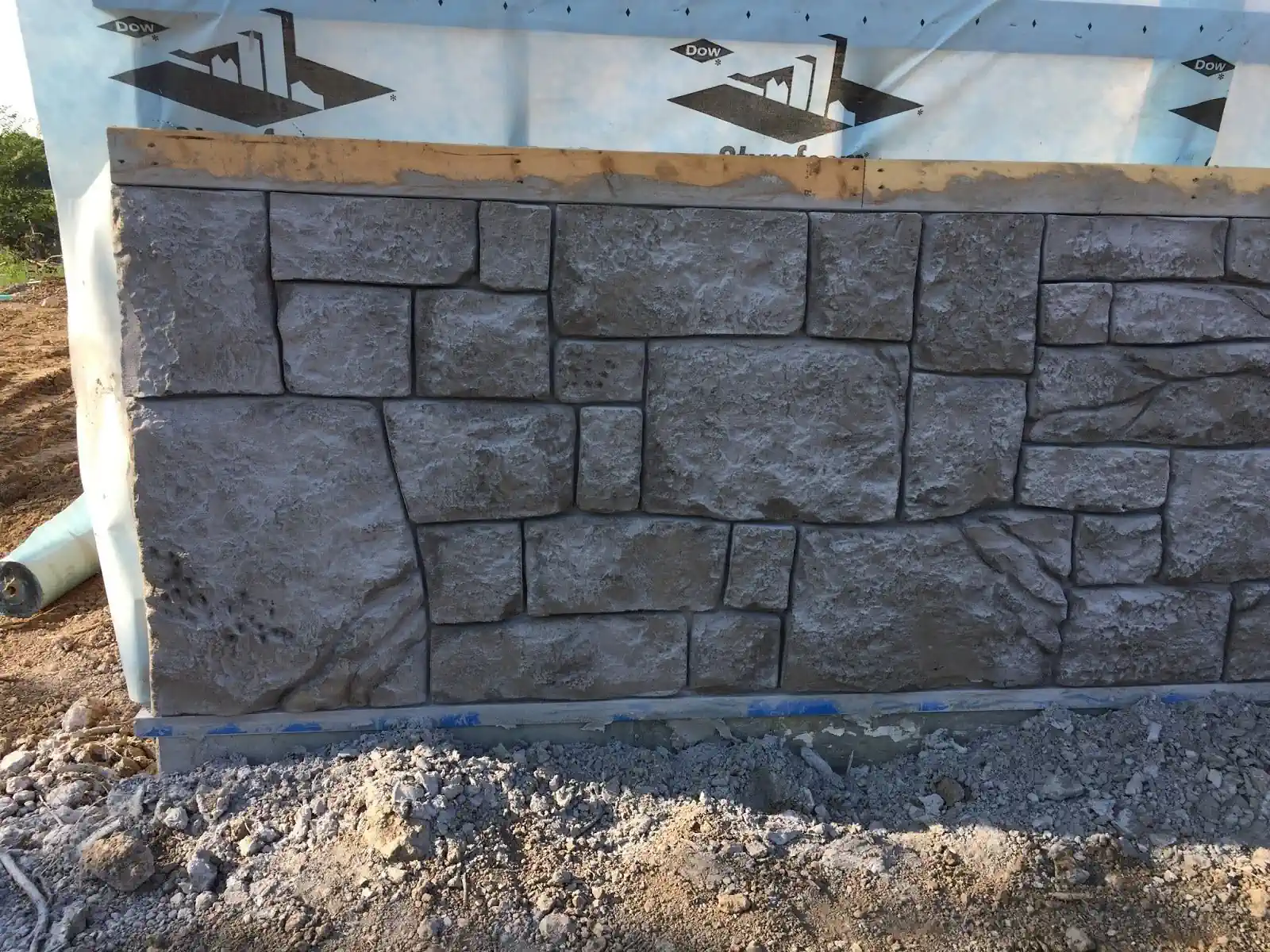Concrete may not be the most glamorous material out there, but it sure is tough as nails. Unfortunately, even the mightiest of concrete surfaces can’t escape the ravages of dirt, grime, and the occasional oil spill. Proper cleaning is essential to maintain the appearance and longevity. Follow this definitive guide to cleaning concrete surfaces effectively.
Assess the Concrete Surface
First things first: thoroughly examine the surface to determine the extent and type of dirt, stains, or other contaminants present. This will help you select the appropriate cleaning method and products. Look for common issues such as:
- Dirt and grime buildup
- Oil, grease, or fuel stains
- Moss, mildew, or algae growth
- Rust or mineral deposits
- Dried paint or sealant residue
Understanding the nature of the soiling will guide you in choosing the right cleaning approach.
Sweep or Hose Down the Concrete
Begin the cleaning process by removing any loose debris, leaves, or dust from the concrete surface. Use a sturdy broom or leaf blower to sweep the area thoroughly. Then, use a garden hose with a high-pressure nozzle to rinse the concrete and loosen any remaining dirt or grime.
Use a Concrete Cleaner
For more stubborn stains or ground-in dirt, apply a concrete cleaner specifically designed for the task. These cleaners typically contain surfactants, acids, or solvents that can effectively break down and remove various types of stains and contaminants.
- Read the product instructions carefully and follow the recommended application and dwell time.
- Use a stiff-bristle brush or broom to agitate the cleaner and help it penetrate the surface.
- Rinse the area thoroughly with a hose or power washer to remove any residue.
Address Oil and Grease Stains
For oil or grease stains, use a degreasing concrete cleaner. These products contain solvents that can effectively break down and lift oil-based contaminants.
- Apply the degreaser according to the manufacturer’s instructions, allowing it to sit for the recommended time.
- Use a stiff-bristle brush or broom to scrub the affected area, agitating the degreaser to help it work.
- Rinse thoroughly with a hose or power washer to remove any remaining degreaser or oil residue.
Utilize a Pressure Washer for Deep Cleaning
For a more thorough concrete cleaning, consider using a pressure washer. The high-pressure water stream can effectively remove ground-in dirt, moss, mildew, and other stubborn buildup.
- Start with a low pressure setting and gradually increase as needed to avoid damaging the concrete surface.
- Work in small sections, keeping the wand nozzle about 6-12 inches from the surface.
- Pay extra attention to any discolored or heavily soiled areas, allowing the pressure washer to dwell for a few minutes before rinsing.
Apply a Concrete Sealer
After cleaning, it’s recommended to apply a concrete sealer to protect the surface and make future cleaning easier. Sealers create a durable, protective barrier that can repel stains and simplify maintenance.
- Choose a sealer that is compatible with the type of concrete and your desired finish (e.g., matte, glossy).
- Follow the manufacturer’s instructions for proper application and curing times.
- Reapply the sealer every few years to maintain the protection and appearance of your concrete.
By following these comprehensive steps, you can effectively clean and maintain the appearance of your concrete surfaces, ensuring they remain in good condition for years to come.



